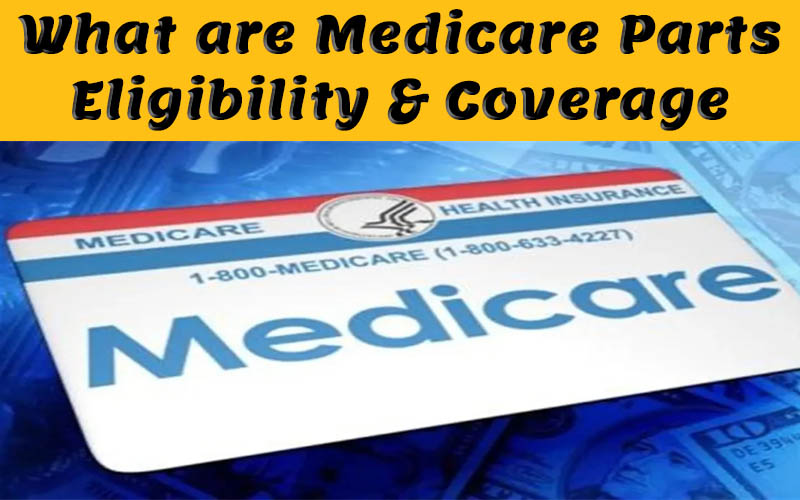Discover the Trump tariffs economic impact on inflation, consumer prices, and the potential risks to economic growth and the stock market.

In the ongoing saga of U.S. economic policy, President Trump’s push for interest rate cuts comes at a tumultuous time marked by his aggressive tariff strategy. These tariffs have sparked significant debates among economists, investors, and policymakers, with many concerned about the resultant economic uncertainty and inflation. Today, we will delve into the Trump tariffs economic impact and how they affect not only consumers and businesses but the broader economy itself.
Understanding the Tariff Landscape and Its Implications
What Are Trump’s Tariffs?
President Trump has implemented tariffs aimed at tackling what he terms unfair trade practices and bolstering American manufacturing. These measures include a universal 10% duty on imports and additional tariffs on countries with significant trade deficits with the U.S. Critics point out that such tactics could lead to unintended consequences, including inflationary pressures and dampened economic growth. In essence, tariffs are taxes on imported goods, meaning that when the U.S. imposes such tariffs, it effectively makes foreign products more expensive, potentially leading to increased prices for consumers.
The Economic Rationale Behind Tariffs
The rationale behind President Trump’s tariffs is multifaceted. By imposing these tariffs, he aims to protect American jobs and encourage domestic production. The theory is that if imported goods are more expensive due to tariffs, consumers will be more inclined to purchase locally made products, thereby stimulating the U.S. economy. However, this approach is not without its critics who argue that tariffs can lead to increased prices for everyday goods, ultimately costing consumers more and potentially slowing down consumer spending—a key driver of economic growth.
The Ripple Effects of Tariffs on the Economy
Key Economic Factors Affected by Tariffs
- **Inflation Concerns**: Experts warn that tariffs can lead to rising prices on imported goods, increasing overall inflation.
- **Consumer Spending**: Higher prices may result in reduced consumer spending, jeopardizing economic growth.
- **Business Investment**: The uncertainty generated by tariffs might discourage companies from making significant investments.
- **Retaliatory Tariffs**: Countries affected by U.S. tariffs could impose their own, resulting in trade wars that could further harm the U.S. economy.
- **Employment Rates**: While the intention is to protect jobs, tariffs could also lead to job losses in sectors reliant on imported materials.
Expert Opinions on the Trump Tariffs Economic Impact
Predictions for Inflation and Growth
Economists like Gregory Daco have projected that the tariffs could result in a significant inflation increase of around 1 percentage point by the year’s end. This rise in inflation could disproportionately affect low-income households, costing them up to $1,000 annually. This potential rise in consumer prices puts considerable pressure on the average American, leading to the perplexing question of whether these tariffs, originally designed to protect consumers and businesses, might inadvertently push more people into financial hardship.
Assessing the Recession Risk
The wariness surrounding the economic impact of tariffs isn’t just about inflation. Mark Zandi from Moody’s Analytics has assigned a 15% probability to a severe recession should other countries retaliate. This scenario could result in rising unemployment and a contraction of the GDP, showcasing the delicate balance policymakers must strike when implementing such aggressive tariffs. The ripple effects can extend far beyond borders, influencing international relationships and the global marketplace.
What Lies Ahead for Trump’s Economic Strategy
Potential Outcomes and Future Implications
- **Economic Slowdown Potential**: If inflation rises and consumer spending decreases, the economy could face a downturn.
- **Trade Relations Impact**: Tariffs might prompt countries to re-evaluate their trade relationships with the U.S., leading to a more protectionist international environment.
- **Long-Term Economic Health**: Ongoing tariffs could have lasting consequences on U.S. GDP, potentially resulting in reduced economic growth over time.
- **Interest Rate Adjustments**: The Federal Reserve’s response to these economic changes will be critical in determining if they can mitigate inflation and stimulate growth.
- **Consumer Behavior Changes**: Increased prices may force consumers to adapt their purchasing habits, favoring local over imported products.
Conclusion
President Trump’s strategy surrounding tariffs and the pressure on the Federal Reserve highlight the complexities of current economic policies in the U.S. While his intentions may be to rejuvenate American manufacturing and reduce the trade deficit, the broader implications on inflation, consumer spending, and potential trade wars loom large. As economic uncertainty continues to unfold, it remains critical for policymakers to navigate these challenges carefully, striving for a balance that stimulates growth without inflating prices or destabilizing the economy. Observers worldwide are eager to see how these dynamics play out, especially as they affect everything from consumer pricing to international trade relations.
Frequently Asked Questions
How do the Trump tariffs impact consumer prices?
Trump’s tariffs directly increase the cost of imported goods due to additional taxes imposed by the government. As businesses face higher production costs for imported materials, these costs are often passed onto consumers. This means that everyday items, such as electronics, clothing, and even food, might see price hikes, affecting household budgets across the country. Economic experts predict that this could lead to an overall increase in inflation, making it more expensive for American families to maintain their standard of living. In the long run, if prices rise significantly, many consumers may begin to reduce their spending, potentially leading to slower economic growth.
What are some potential long-term effects of the tariffs on the economy?
The long-term effects of Trump’s tariffs could be profound and multifaceted. Economically, analysts warn that these tariffs might stunt GDP growth for years to come—estimates suggest a reduction of 1% to 2% in healthy economic growth. Additionally, industries reliant on global supply chains may suffer, leading to job losses and decreased innovation. Over time, the tariffs could alter consumer behavior, forcing people to adjust to higher prices on imported goods, potentially fostering a perception of scarcity. Finally, if affected countries retaliate, U.S. exports could likewise suffer, leading to increased strain on America’s international trade relationships and economic standing in the global market.
Related Videos
Read Also –
The information provided in this article reflects current economic theories and forecasts on the Trump tariffs economic impact and potential responses from the Federal Reserve. However, economic conditions are subject to rapid changes, and outcomes may vary based on numerous factors.
Read Also –
| https://www.cbsnews.com/news/trump-tariffs-economists-forecast-stagflation-recession-risk/ |
| https://san.com/cc/fed-chair-says-tariffs-could-drive-inflation-as-trump-calls-for-interest-rate-cuts/ |
Hey! I hope you enjoyed reading this! If you did, could you do me a small favor and hit the like button? It would mean a lot to me and help me reach more people. Thank you so much! Got any thoughts on this post? Drop them in the comments below!
How many stars would you give for my effort?





